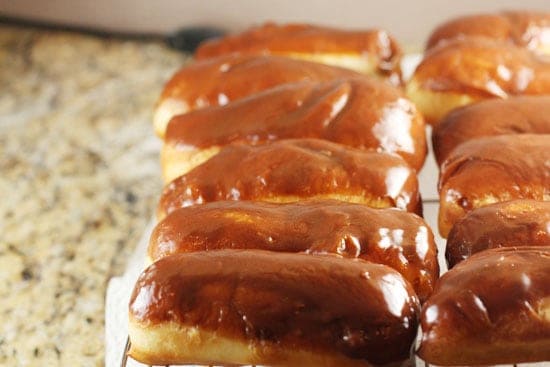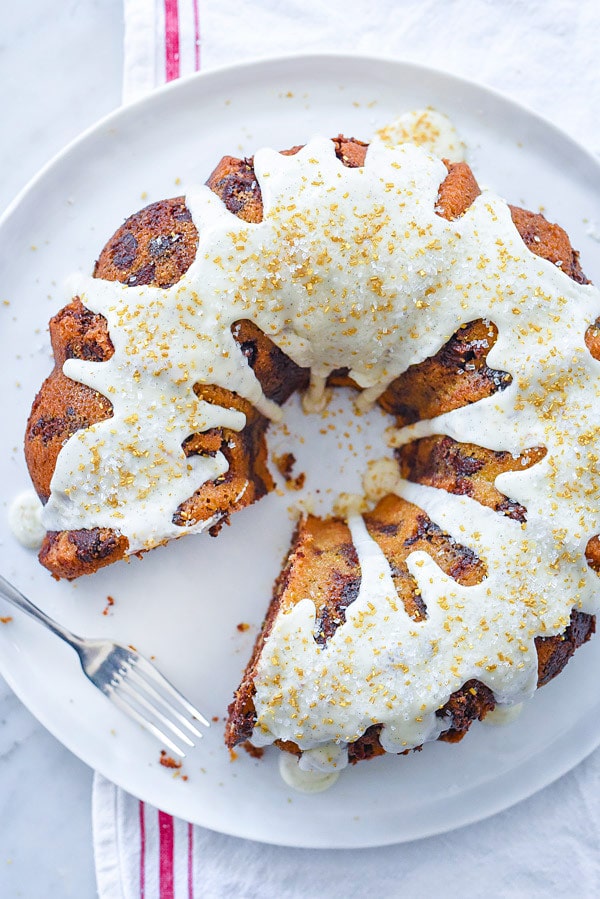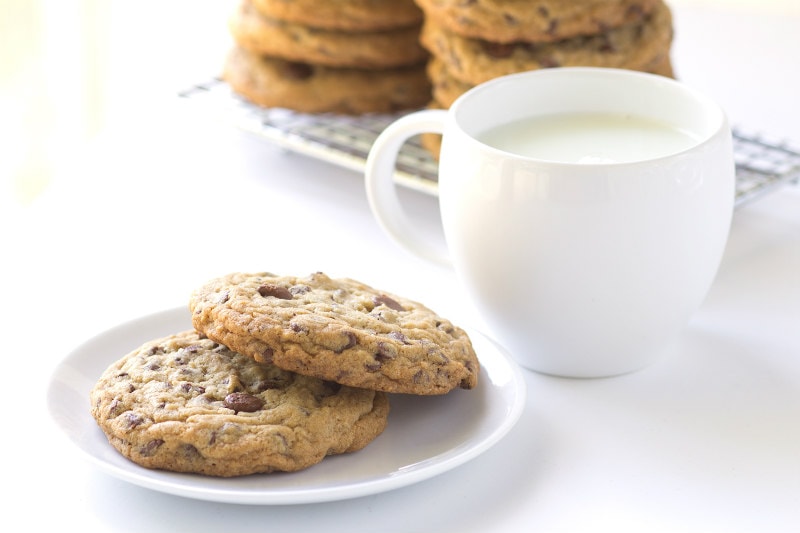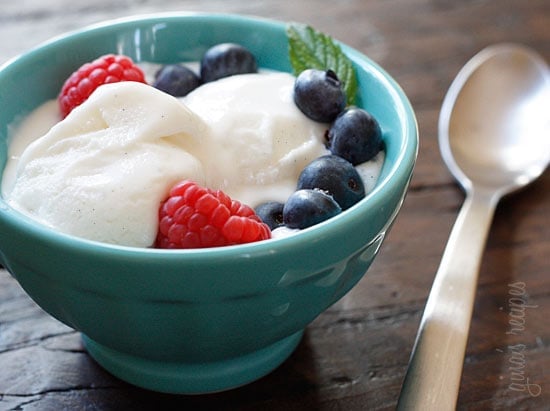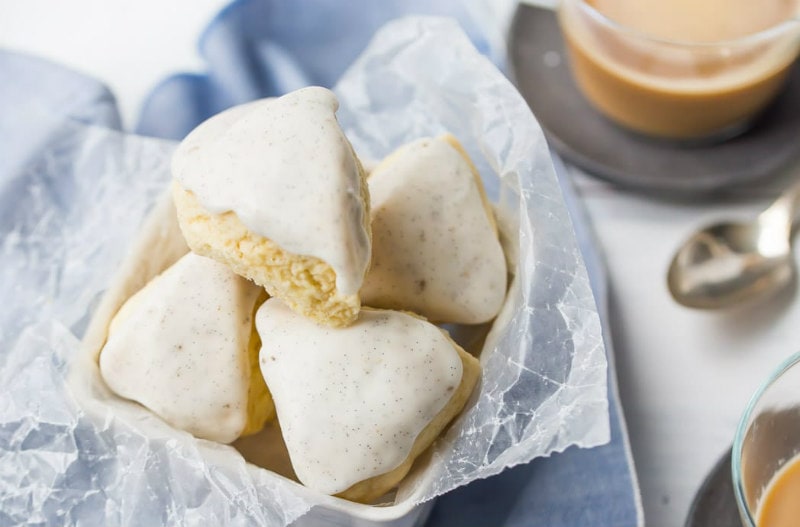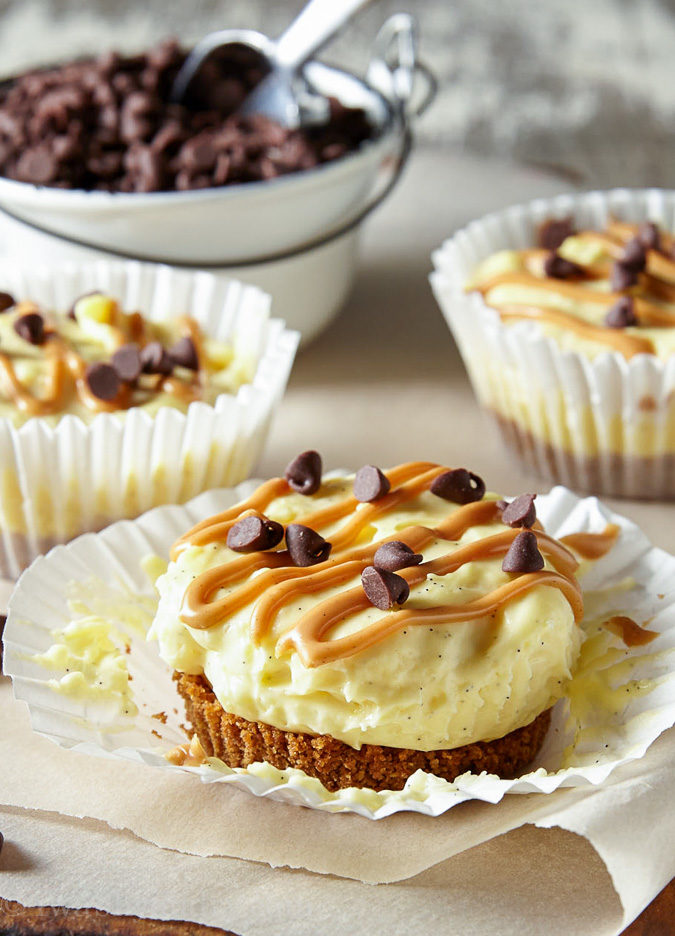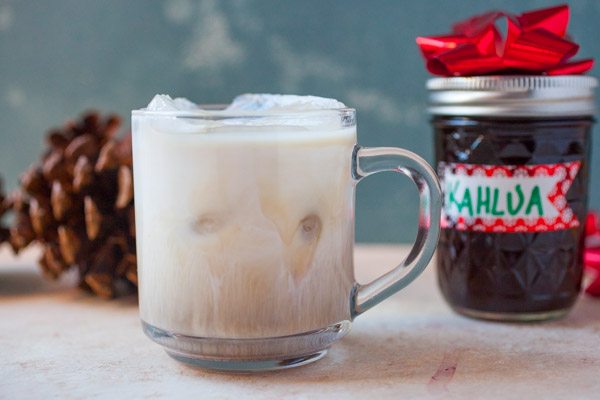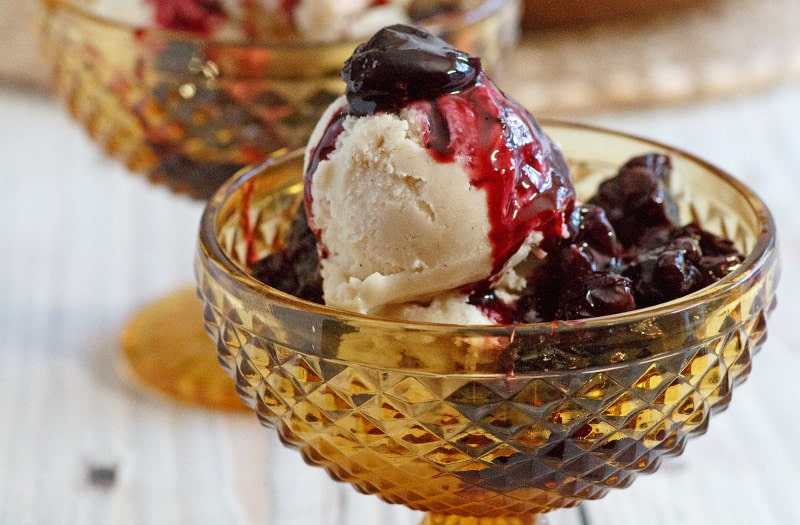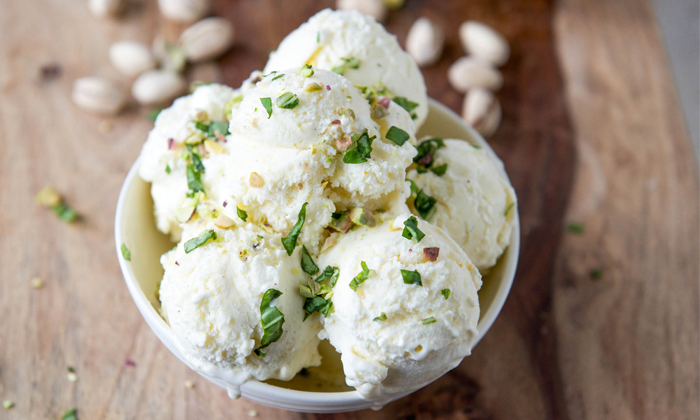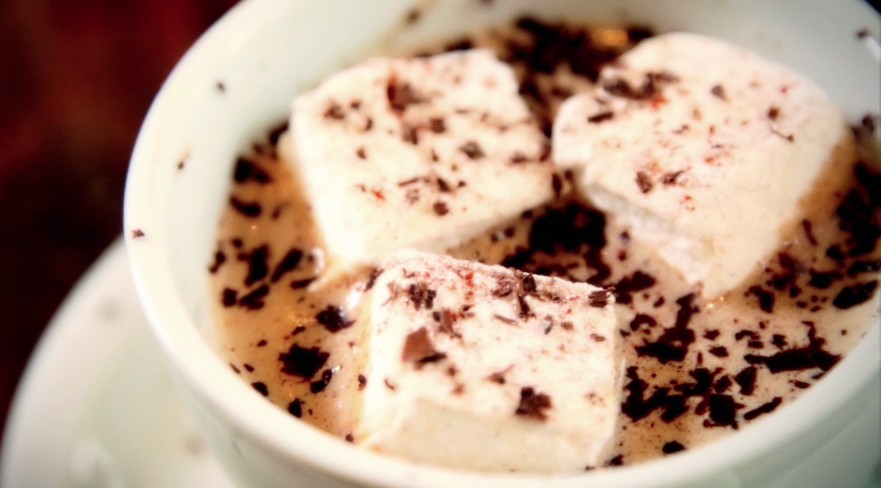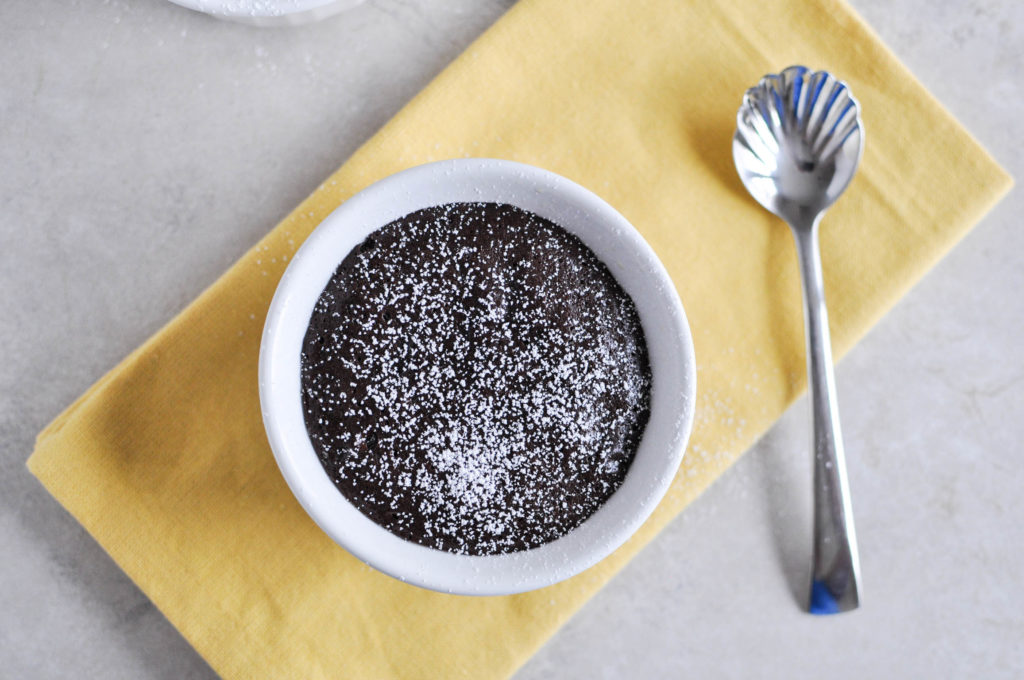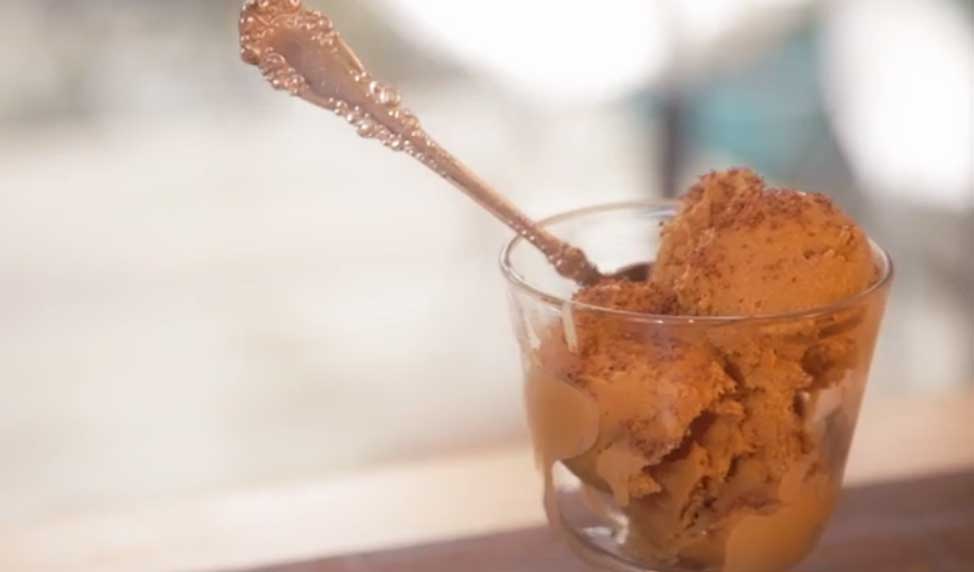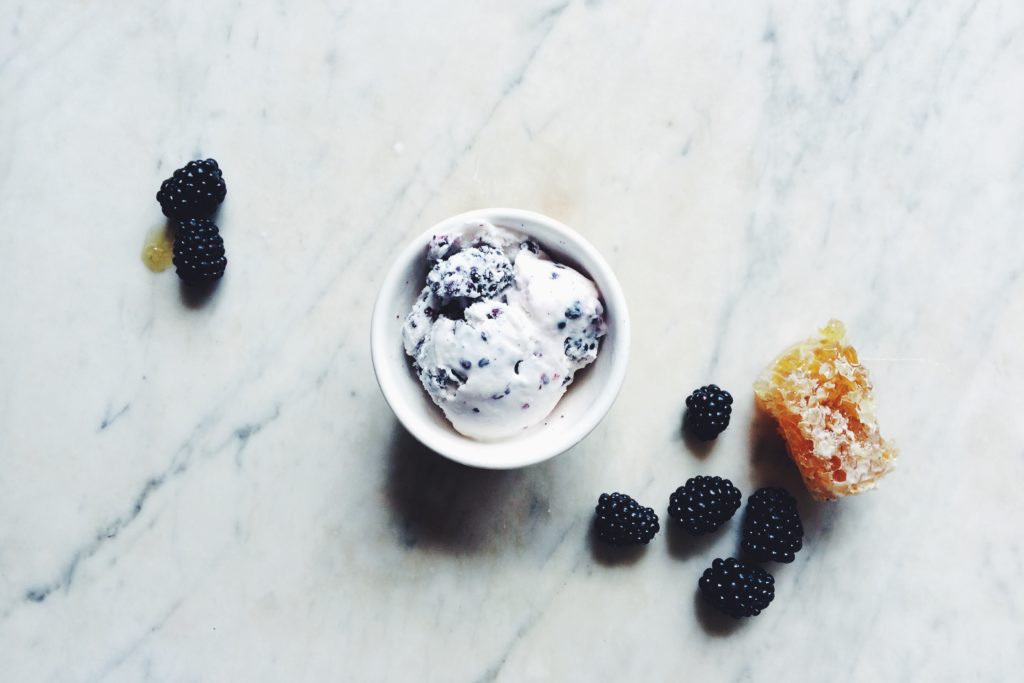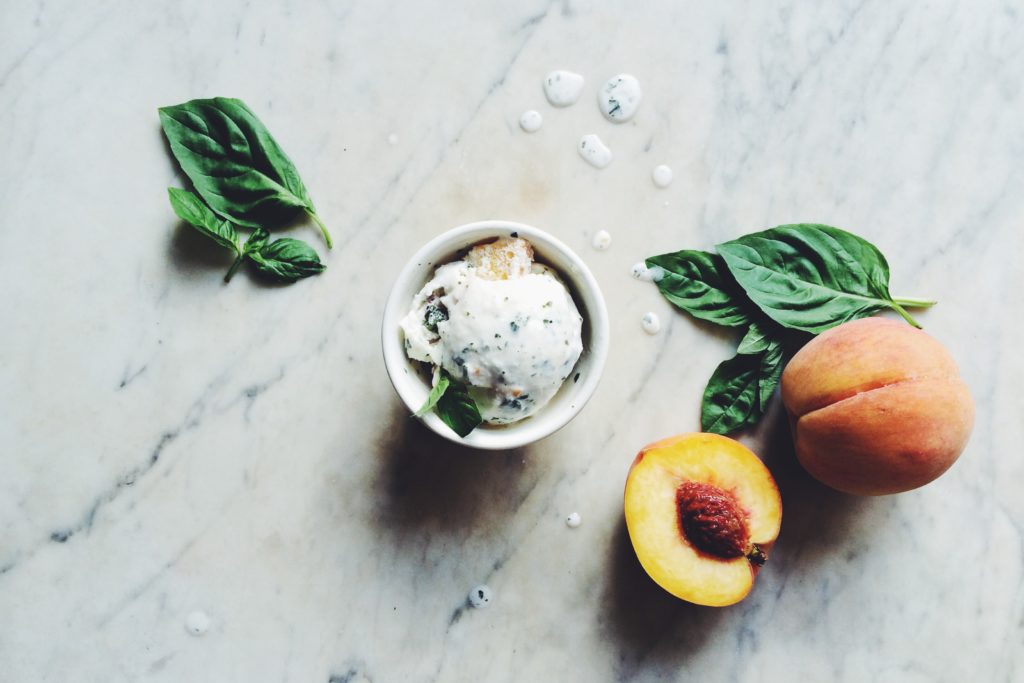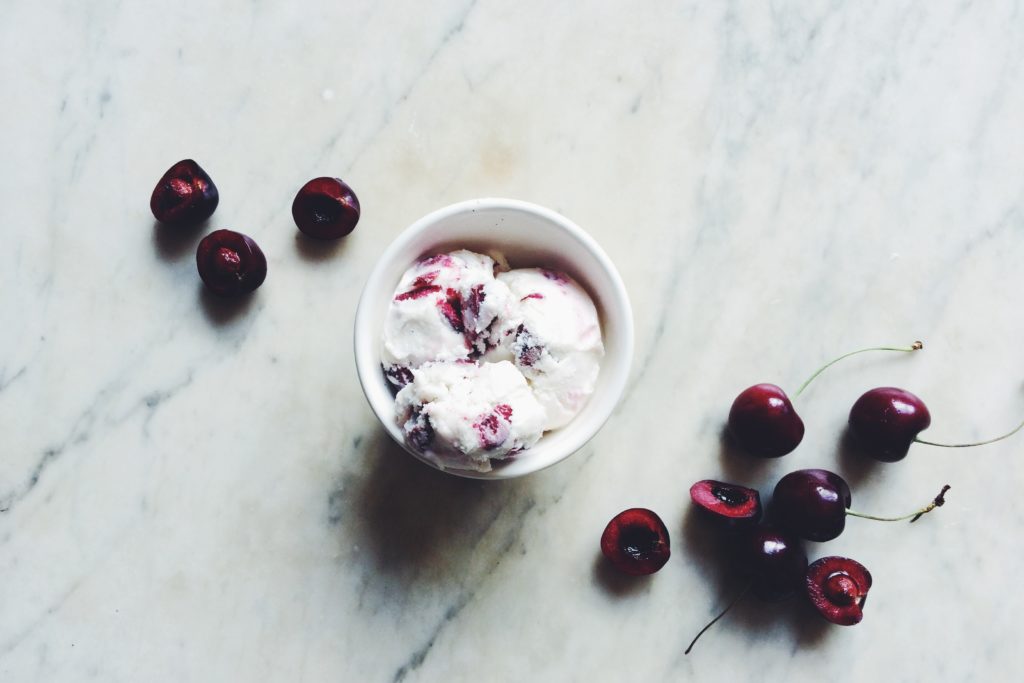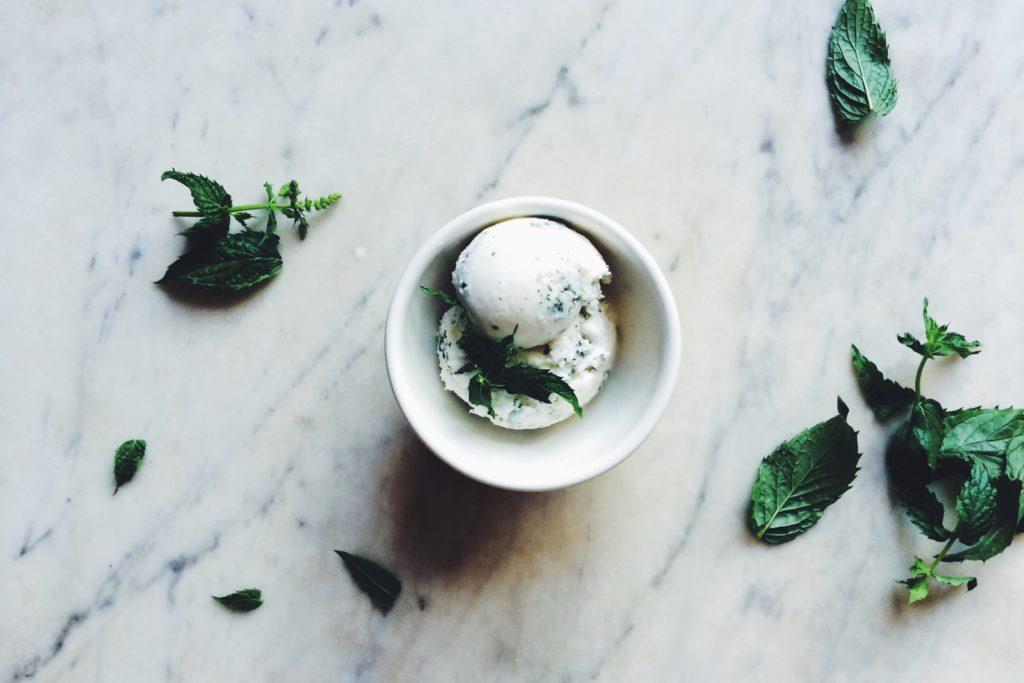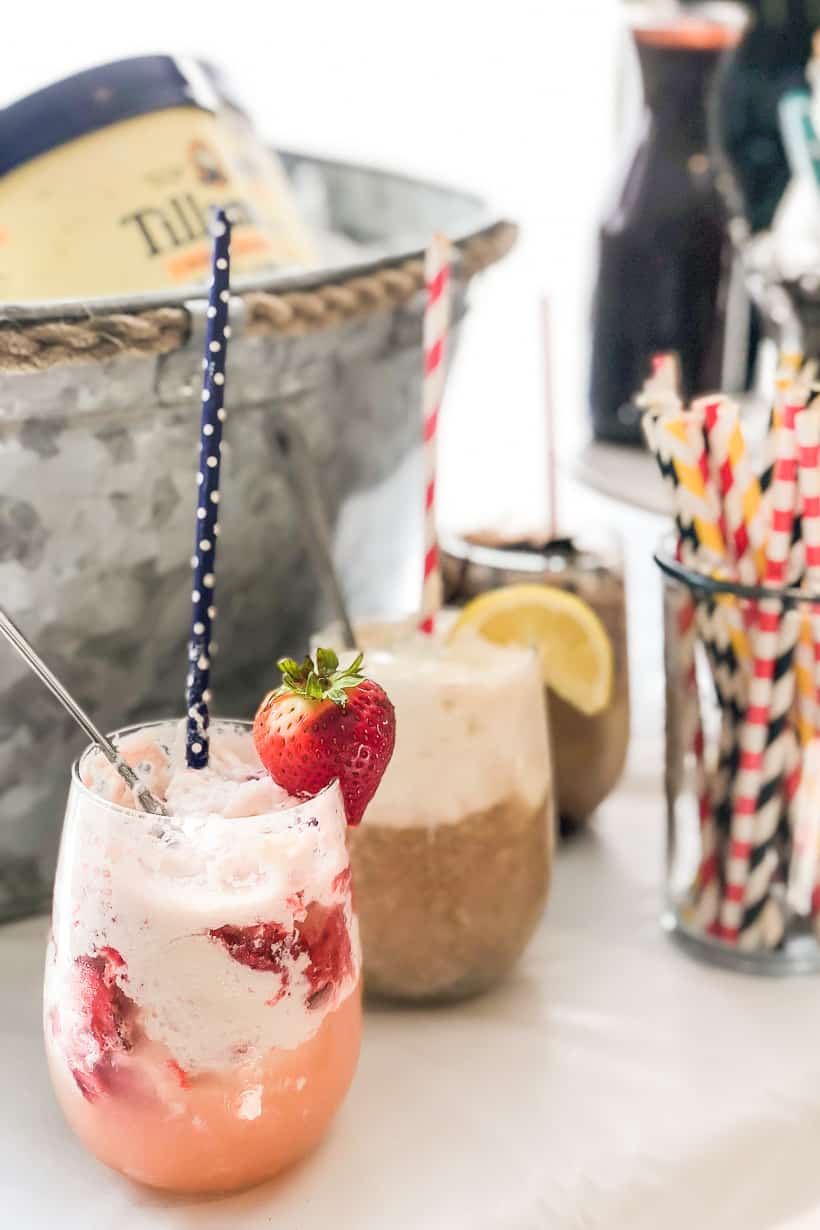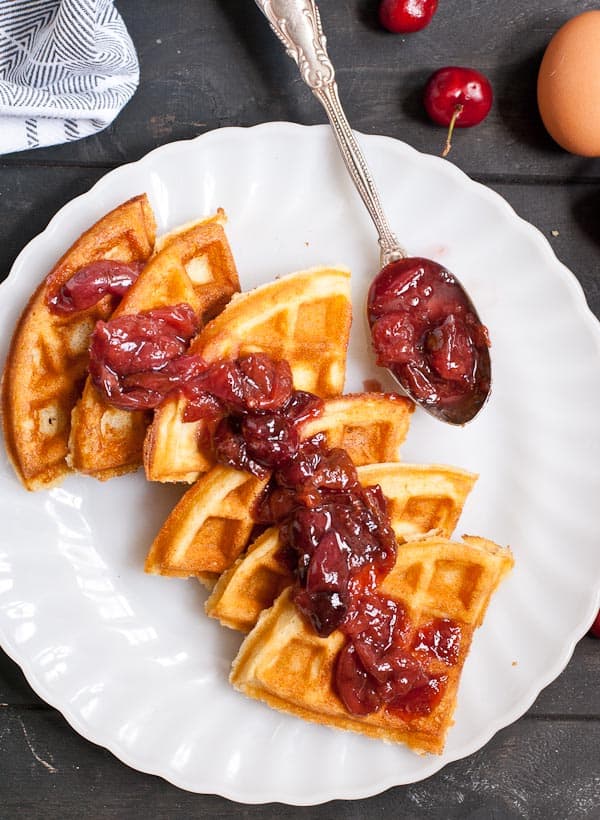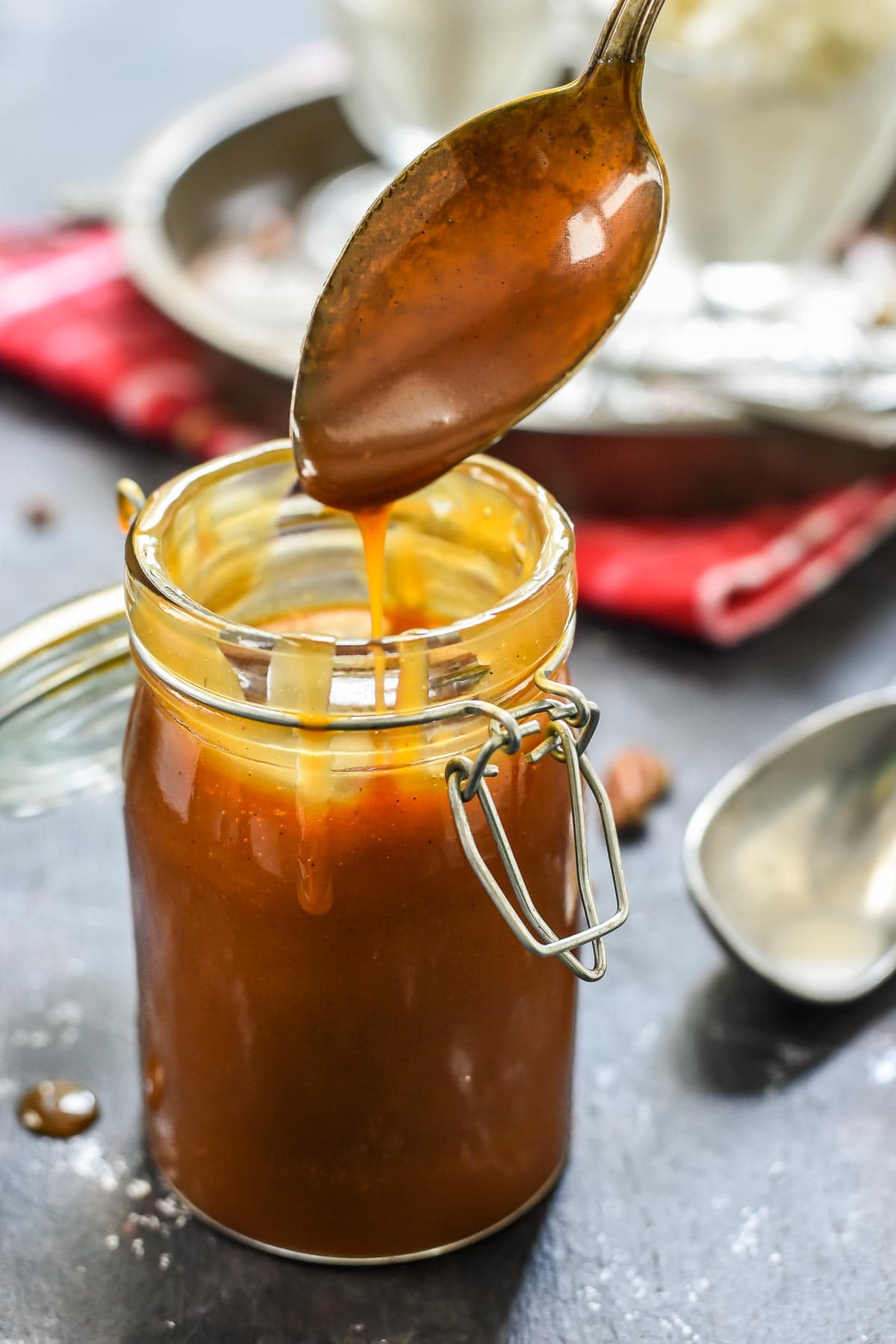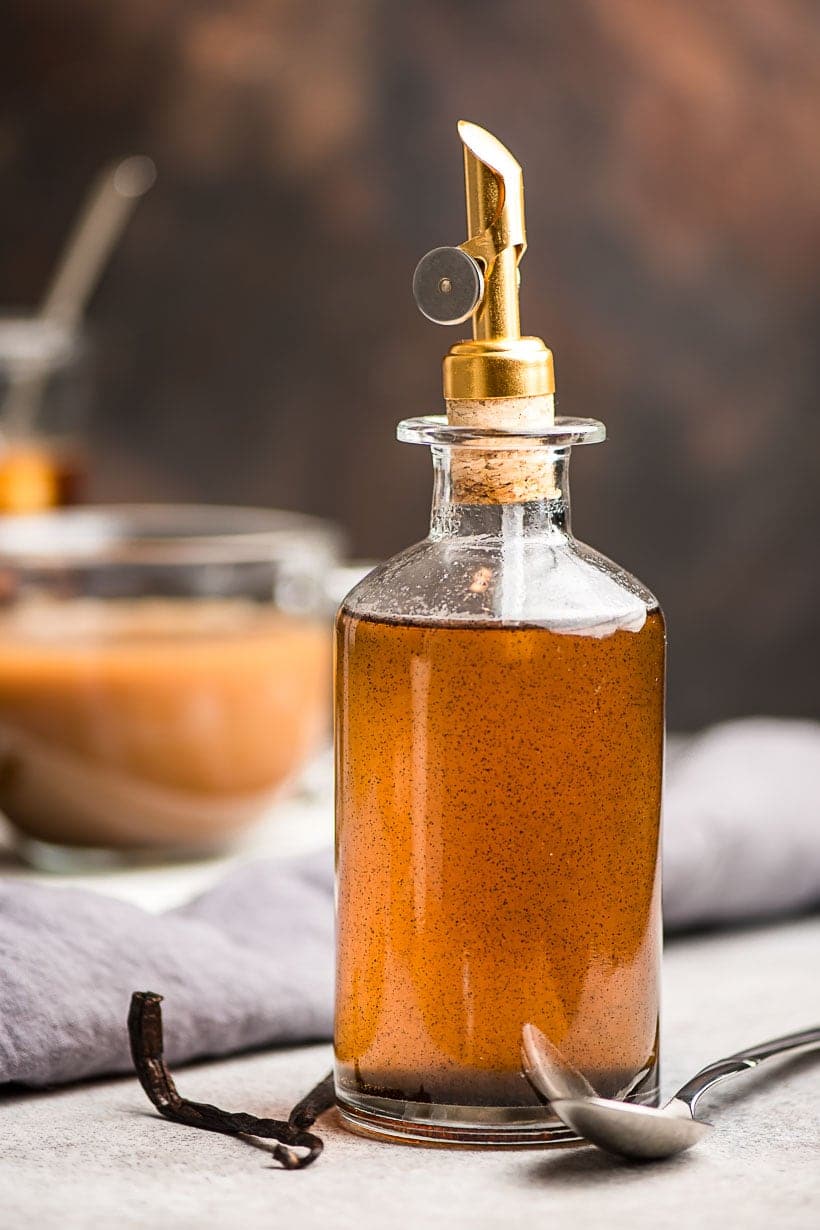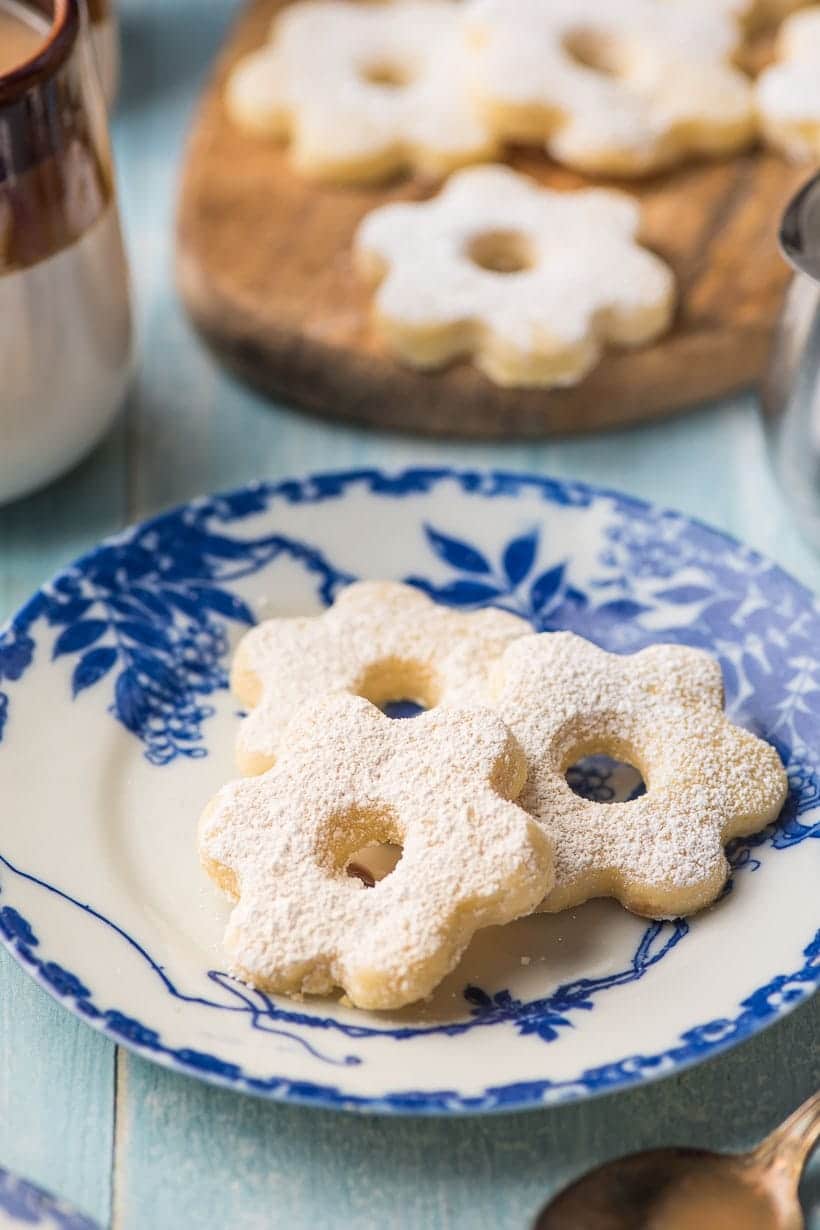Vanilla: Important Facts, Health Benefits, and Recipes
Explore the health benefits, history, and uses of vanilla, the fruit of an orchid plant, and learn about its various forms, including pods, powder, and extract.

Nutritional Facts
1 bean pod
Amount per serving
Calories
0
Carbohydrates
0 g
Fat
0 g
Protein
0 g
Sodium
0 mg
Best Vanilla Recipes
-
:max_bytes(150000):strip_icc()/__opt__aboutcom__coeus__resources__content_migration__serious_eats__seriouseats.com__recipes__images__2014__02__20140221-pistachio-milk-finished-primary-0bbc6f4da19d48d19e85207e41ffb776.jpg)
-
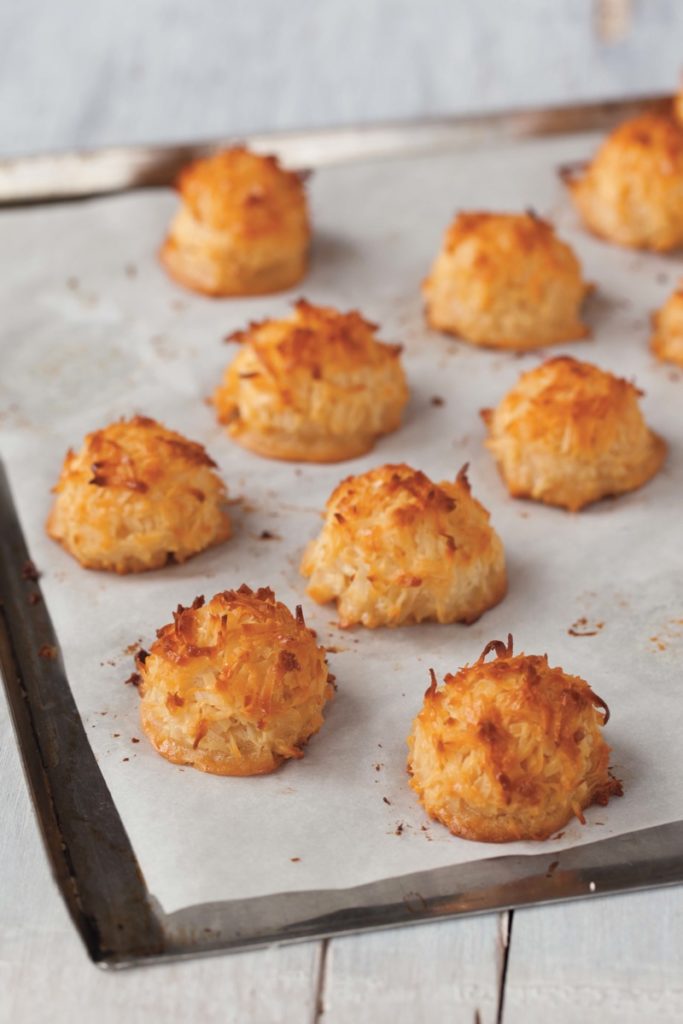
-

-

-
:max_bytes(150000):strip_icc()/__opt__aboutcom__coeus__resources__content_migration__simply_recipes__uploads__2010__10__butternut-squash-walnuts-vanilla-horiz-a-1800-26f8ed7182f5436ab91388bb2b9a1e5f.jpg)
-
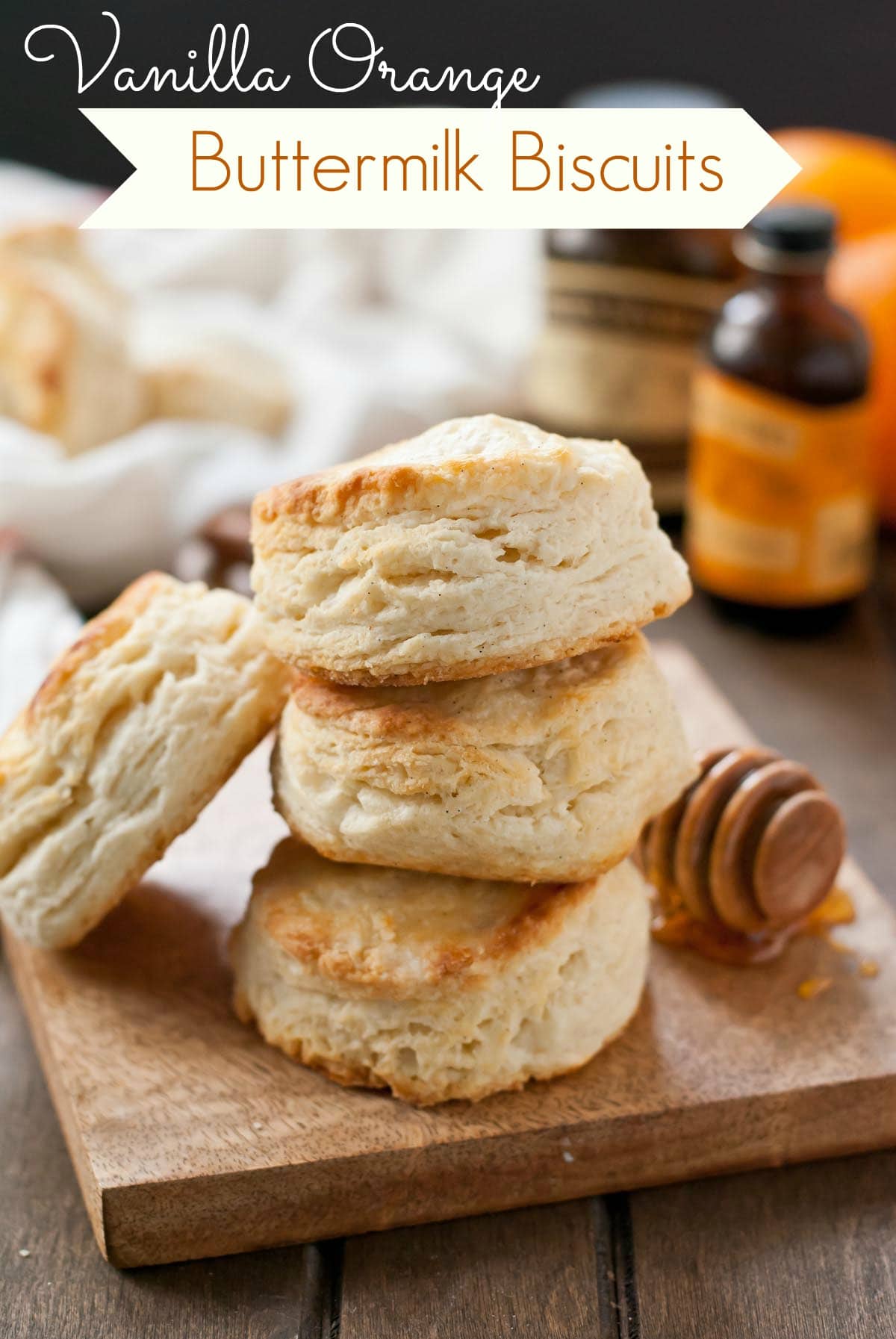
-
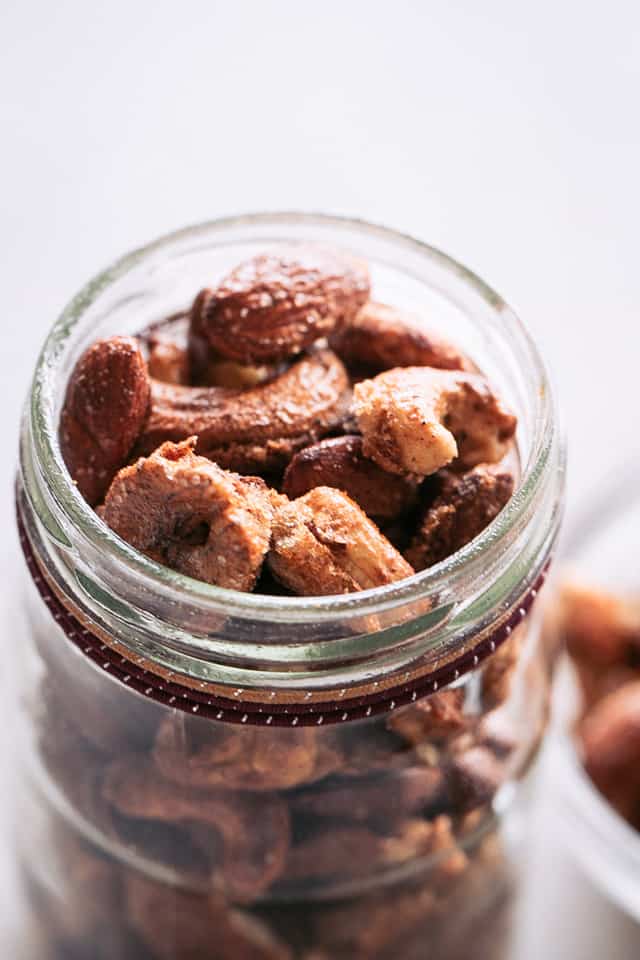
-
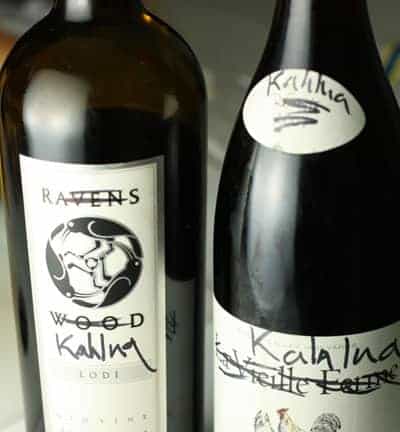
-
![Vanilla Cream Long Johns Image]()
-
![Vanilla and Chocolate Marbled Bundt Cake Image]()
-
![Double Chocolate Zucchini Bread Image]()
-
![Easy Crème Brûlée Image]()
-
![Boston Cream Doughnuts Image]()
-
![Secret Ingredient Chocolate Chip Cookies Image]()
-
![Vanilla Bean Panna Cotta with Strawberries Image]()
-
![Vanilla Bean Sugar Image]()
-
![Homemade Vanilla Bean Marshmallows Image]()
-
![Pumpkin Hazelnut Flaugnarde (Clafoutis) Image]()
-
![Low Fat Vanilla Bean Frozen Yogurt Image]()
-
![Skinny Eggnog Image]()
-
![Copycat Starbucks Vanilla Bean Scones Image]()
-
![Mini No Bake Chocolate Peanut Butter Cheesecakes Image]()
-
![Homemade Kahlua Image]()
-
![Chocolate Chip Ice Cream Sandwiches Image]()
-
![Chocolate Thumbprint Cookies Image]()
-
![Cookies and Cream Frozen Custard Ice Cream Image]()
-
![Cherries Jubilee Image]()
-
![Fresh Mango Ice Cream Image]()
-
![Rich Dessert Hot Chocolate Image]()
-
![Boca Negra Image]()
-
![Guinness Stout Ice Cream Image]()
-
![Blackberry and Local Honey Ice Cream Image]()
-
![Peach and Basil Ice Cream Image]()
-
![Dark Cherry and Amaretto Ice Cream Image]()
-
![Backyard Mint Ice Cream Image]()
-
![Clumpy Granola with Stewed Rhubarb from Chickpea Flour Does It All Image]()
-
![Homemade Wassail Image]()
-
![Vanilla Bean Ice Cream Image]()
-
![Healthy Sweet Potato Casserole Image]()
-
![Homemade Vanilla Wafers Image]()
-
![Cinnamon Ice Cream & Dr. Pepper Frosted with Salted Caramel Image]()
-
![Crème Brûlée Image]()
-
![5 Fun Ice Cream Float Ideas for Your Next Party Image]()
-
![Vanilla Bean Waffles with Cherry Compote Image]()
-
![Homemade Caramel Sauce Image]()
-
![Strawberry Icebox Cake Image]()
-
![Vanilla Syrup Recipe Image]()
-
![Canestrelli (Italian Egg Yolk Cookies) Image]()


